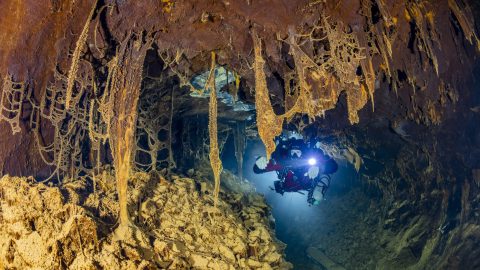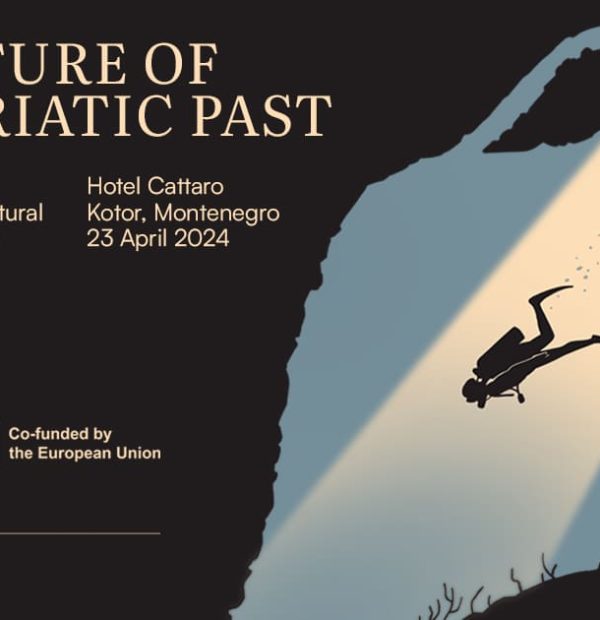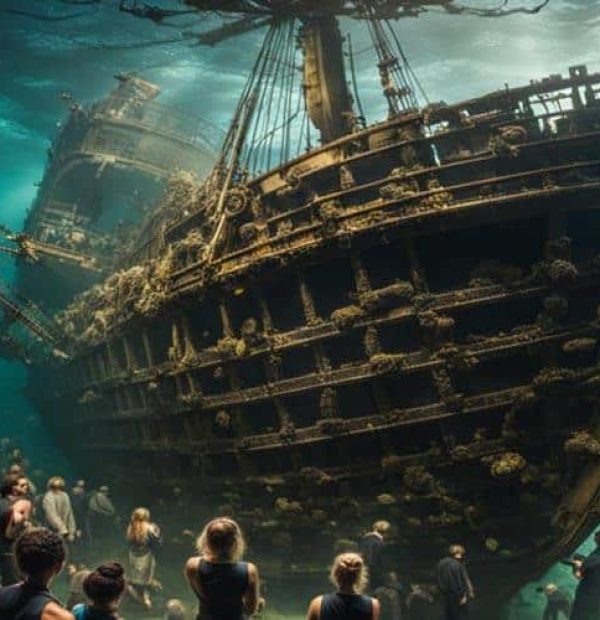Thursday, 16 May 2024
Menu

In the early Stone Age, the water levels in the small lakes located in the southern parts of today’s Lake Kuolimojärvi and Lake Saimaa were several metres below current levels. Subsequently, the water level began to rise as a result of uneven land elevation and the tilting of lakes and rivers. The rise in the water level ended when the Vuoksi River broke through the Salpausselkä Ridge, about 6000 years ago, when the water masses bore a new outflow channel towards Lake Ladoga.
As the water level rose, areas that were previously on dry land at the beginning of the Stone Age were flooded and found on the lake bed. The aim of the three-year study, conducted by the University of Helsinki, was to find traces of Stone Age settlements underwater in Lakes Kuolimojärvi and Saimaa.
[blockquote style=”2″]”This means that there is a huge gap in our archaeological knowledge of this particular area, as we have not yet found the earliest Stone Age sites,” explains research leader Satu Koivisto, who heads the project.”[/blockquote]
Until now, the oldest sites have been considered to be those formed after the Vuoksi River broke through (6,000 years ago and later). However, there was human habitat in the area for thousands of years, as evidenced by traces of settlements over 10,000 years old found at Kuurmanpohja and further south at Joutseno.
In June 2018, archaeologists conducted underwater excavations and equipment tests in Kammarlahti Bay in Savitaipale, in cooperation with the Nordic Maritime Group (NMG) and the underwater unit of the Finnish Heritage Agency. Archaeologists from Denmark and Sweden also participated in the work. The work began with a thorough survey of the lake, and the aim was to find archaeological remains by mapping the best preserved areas.
[blockquote style=”2″]”The western side of Kammarlahti Bay is protected from wind and waves, so here are the best preserved prehistoric sites. In one of the test pits we found a distinct layer of burnt earth, charcoal and burnt rocks. Flakes of quartz were also found in the surrounding test pits, and these remains show that quartz artefacts were made at this site during the Stone Age,” explains Koivisto.[/blockquote]
Traces of the findings indicate that Lake Kuolimojärvi contains a submerged Stone Age settlement. This is the first discovery of its kind in Finland. The nearest similar locations are in north-western Russia and southern parts of Scandinavia.
[blockquote style=”2″]”These discoveries open a whole new chapter in the study of the Finnish Stone Age. Our large lakes such as Vanajavesi, Pielinen and Oulujärvi have also undergone similar water level fluctuations, which means that there are probably huge and largely untapped archaeological resources hidden in Finnish lakes, and they may have preserved very old organic materials dating back thousands of years.” – said – Satu Koivisto, describing Finland’s underwater archaeological potential.[/blockquote]
Source: helsinki.fi
Photo: Jesse Jokinen/Museovirasto, Eveliina Salo/Nordic Maritime Group
[pro_ad_display_adzone id=”31298″]










Welcome to DIVERS24.COM, your daily source of scuba news, freediving, scuba diving information, and equipment reviews. Our comprehensive coverage of the dive industry from A to Z provides you with all the latest scuba news, training updates, underwater photography tips, and everything else related to scuba diving. Whether you’re a beginner or an experienced diver looking for more knowledge about scuba gear or techniques – we’ve got it covered! With our in-depth articles written by experienced divers who have been there and done that, you are sure to find exactly what you need here at Divers24.com. Dive into scuba news today!
Underwater Media Sp. z o.o.
Szafarnia 11/F8,
80-755 Gdansk, Poland
Welcome to DIVERS24.COM, your daily source of scuba news, freediving, and scuba diving information. Sign in for a weekly news update and discount coupons for dive gear and apparel.
@2023 - underwatermedia.pl. All Right Reserved. Designed and Developed by Tworzenie stron internetowych Gdansk

The Divers24 portal is currently the largest online medium treating diving in Poland. Since 2010 we have been providing interesting and important information from Poland and around the world on all forms of diving and related activities.
Contact us: info@divers24.com